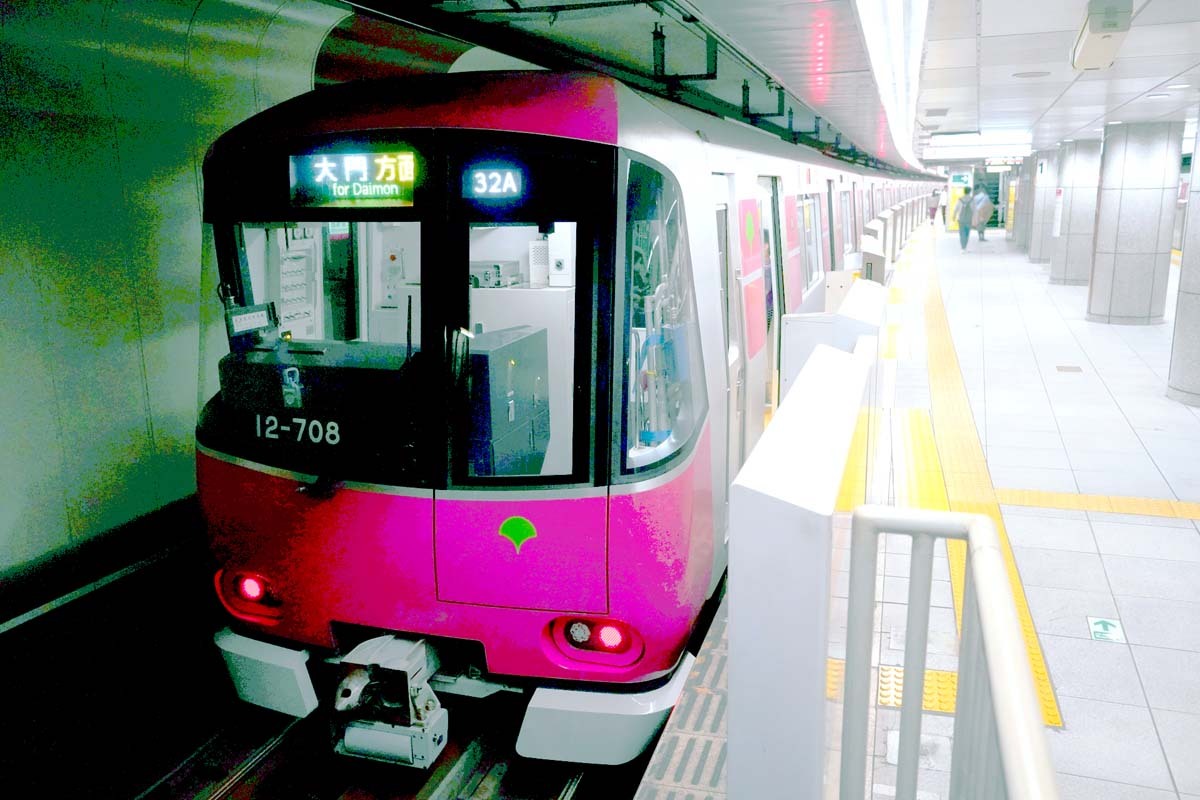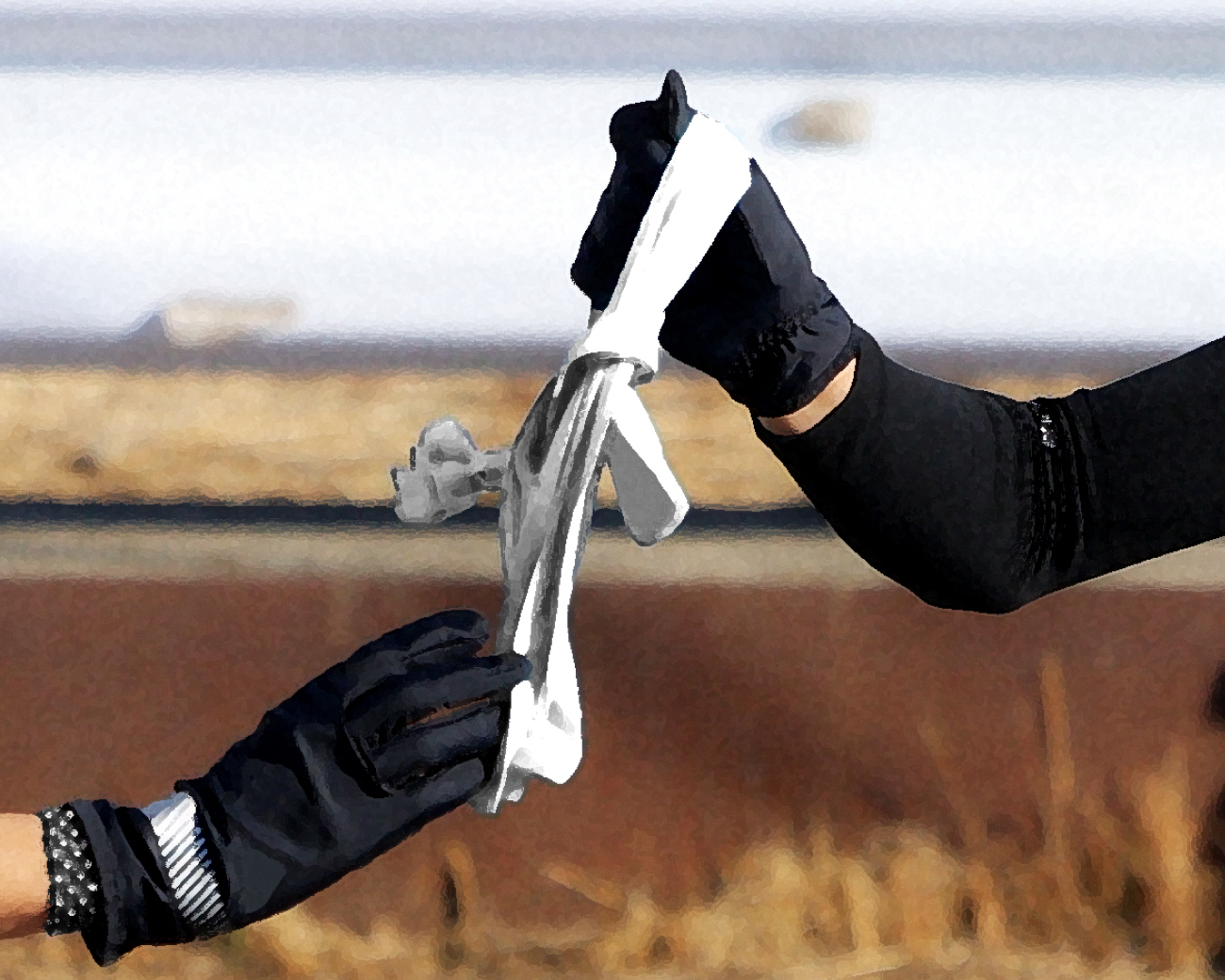
The Department of Agriculture instructed states to “promptly” issue full SNAP benefits now that the government shutdown is over, a major step forward in bringing weeks of confusion and legal wrangling over the nation’s largest food assistance program to an end.
“State agencies must take immediate steps to ensure households receive their full November allotments promptly,” the USDA wrote in new guidance posted to its website on Thursday. The department also clarified that federal funding for the program is now fully available to states.
The USDA’s new instructions do not entirely end uncertainty around SNAP benefits, however. As of Thursday afternoon, it was still unclear how long it might take for everyone in the U.S. who’s enrolled in the program to receive the full allotment of benefits that they’re entitled to.
How we got here
The Supplemental Nutrition Assistance Program, also known as food stamps, became one of the biggest stories of the government shutdown over the past few weeks. The USDA announced late last month that SNAP benefits for nearly 42 million Americans would not go out as scheduled on Nov. 1 because of the shutdown.
That decision set off a back-and-forth legal battle in federal courts. Two federal judges separately ordered the government to use billions of dollars held in a USDA contingency fund to pay out partial November benefits. A few days later, following a Truth Social post in which President Trump threatened to withhold the money until the government reopened, one of those judges ordered the USDA to find the funds to cover full benefits.
The government appealed that decision, arguing that the court did not have the authority to force it to pull funding from other parts of its budget. The case eventually made its way to the Supreme Court, which put the order on hold. That hold was still in place when Trump signed a bill to reopen the government. The Trump administration formally withdrew its appeal on Thursday because the end of the shutdown had rendered the underlying legal dispute moot.
Huge differences from state to state
Individual states took drastically different actions amid the dramatic swings in the status of SNAP at the federal level. Three states — Virginia, Delaware and Vermont — paid for November benefits out of their own budgets. Most states didn’t have the funds to do that, however, and instead provided millions of dollars to food banks to help ease the risk of hunger while the shutdown dragged on.
When the ruling ordering the government to pay out full benefits was issued last week, a number of states immediately moved to distribute full benefits before the government’s appeal had been filed. Another group of states gave out partial benefits around the same time, while others still have not provided any SNAP benefits at all.
So far, SNAP recipients in 19 states have gotten their full November benefits, and recipients in 16 others have received partial benefits, according to a tally by the Associated Press.
What happens next?
States that haven’t given out full benefits can start doing so thanks to the USDA’s new guidance, but that could take longer in some places than others. The biggest challenge will be in states that have already distributed partial benefits, experts told the AP, because they’ll have to go through the difficult process of determining how much more money each individual recipient should get and how to get it to them.
The USDA’s guidance also urged states to “begin the process of upgrading systems and updating state procedures” so they can be in a position to seamlessly distribute partial benefits in the event of a future shutdown. The earliest that another shutdown might disrupt SNAP benefits is October of next year.
The bill that ended the shutdown provides only funding to keep most of the government open until Jan. 30, but SNAP was one of a handful of programs that had its funding extended beyond that date. The program would continue operating as normal even if another shutdown started at the end of January.
LATEST POSTS
- 1
 利上げ検討、意見相次ぐ 「条件整いつつある」 日銀10月会合(時事通信)
利上げ検討、意見相次ぐ 「条件整いつつある」 日銀10月会合(時事通信) - 2
 Getting ready for a Mechanized World: 10 Positions That computer based intelligence Could Dominate
Getting ready for a Mechanized World: 10 Positions That computer based intelligence Could Dominate - 3
 賃上げ求めストライキ中の所も…全国で約7割が赤字『病院の苦境』持続可能な医療を実現する診療報酬の水準とは(東海テレビ)
賃上げ求めストライキ中の所も…全国で約7割が赤字『病院の苦境』持続可能な医療を実現する診療報酬の水準とは(東海テレビ) - 4
 A Manual for Pick Dependable Vehicle Rental Administrations For 2024
A Manual for Pick Dependable Vehicle Rental Administrations For 2024 - 5
 Starbucks' new 'Bearista' cup is causing a stir — and is being listed on eBay for $600
Starbucks' new 'Bearista' cup is causing a stir — and is being listed on eBay for $600
 6 Asian Urban communities to Visit
6 Asian Urban communities to Visit Protest inspired by 'Gen Z' movement draws few young people in Mexico and many government critics
Protest inspired by 'Gen Z' movement draws few young people in Mexico and many government critics 5 Famous people That Changed Style
5 Famous people That Changed Style Picking the Right Pot for Your Plants: An Aide for Plant Devotees
Picking the Right Pot for Your Plants: An Aide for Plant Devotees When fake data is a good thing – how synthetic data trains AI to solve real problems
When fake data is a good thing – how synthetic data trains AI to solve real problems Email Promoting Instruments for Compelling Efforts
Email Promoting Instruments for Compelling Efforts 都営大江戸線4km延伸は「誰得」なのか? バス限界&人口減少を無視? “黒字化40年”試算を考える(Merkmal)
都営大江戸線4km延伸は「誰得」なのか? バス限界&人口減少を無視? “黒字化40年”試算を考える(Merkmal) 【高校駅伝】誤誘導で異例の救済 神奈川県大会で記録無効の三浦学苑が関東大会へオープン参加(日刊スポーツ)
【高校駅伝】誤誘導で異例の救済 神奈川県大会で記録無効の三浦学苑が関東大会へオープン参加(日刊スポーツ) 5 Wellbeing Applications Assist You With remaining Fit
5 Wellbeing Applications Assist You With remaining Fit













